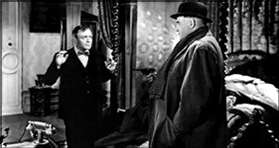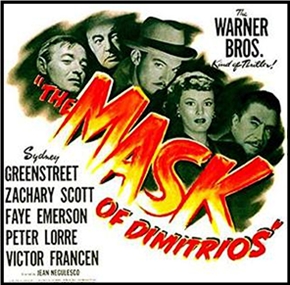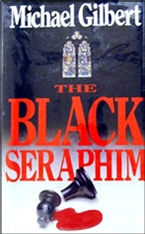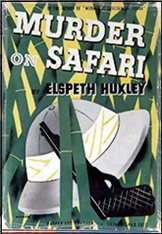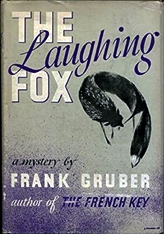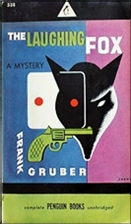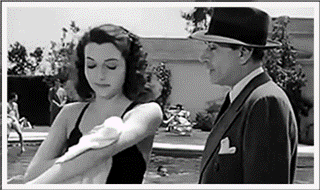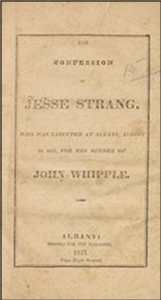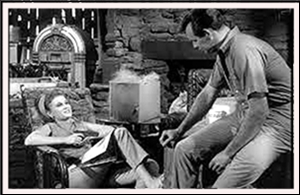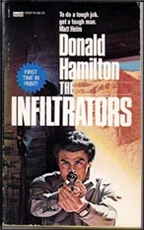Fri 26 Dec 2025
Diary Review: THE SAINT DETECTIVE MAGAZINE September 1957.
Posted by Steve under Diary Reviews , Magazines[8] Comments
THE SAINT DETECTIVE MAGAZINE – September 1957. Editor: Hans Stefan Santesson. Overall rating: ***
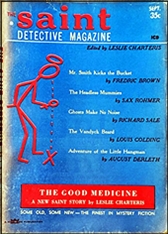
LESLIE CHARTERIS “The Good Medicine.” Simon Templar (The Saint). Novelette. The Saint brings pills to the rescue of a man whose wife has used him to build up a large pharmaceutical business. Pills guaranteed to keep away insects, but not the Saint’s brand of justice. (4)
AARON MARC STEIN “Battle of Wits.” A man patiently builds up a lot to get rid of his wife, but it fails by being smarter than the sheriff it’s supposed to fool. (3)
AUGUST DERLETH “Adventure of the Little Hangman.” Solar Pons. Novelette. Solar Pons discovers the murderer, but provincial solidarity keeps the man from prison, in its own form of absolute justice. (4)
LOUIS GOLDING “The Vandyke Beard.” A man’s return from prison, and his effect on his family and relatives. (3)
RICHARD HARDWICK “He Came Back.” Murder on a shrimp boat, and retribution, pulp-style. (3)
RICHARD SALE “Ghosts Don’t Make Noise.” Daffy Dill. Novelette. Published previously as “Ghosts Don’t Make No Noise” in Detective Fiction Weekly, 07 June 1941. Daffy Dill is almost convinced that a ghost does exist, and this fact helps trap the murdered man’s killer. (3)
FREDRIC BROWN “Mr. Smith Kicks the Bucket.” Henry Smith. Published previously in Detective Story Magazine, August 1944, as “Bucket of Gems Case.” Mr. Smith, insurance investigator, is on the scene when a candy jewel is stolen, and then has the real one, to the surprise of all. (4)
SAX ROHMER “The Headless Mummies.” Morris Klaw. Published previously in The New Magazine (UK) October 1913, as “Case of the Headless Mummies.” Morris Klaw knows the secret of why museum mummies are being decapitated. Oriental poppycock. (1)
CHARLES FRITCH “First Job.” Illuminating story of how a juvenile delinquent is born. (2)
